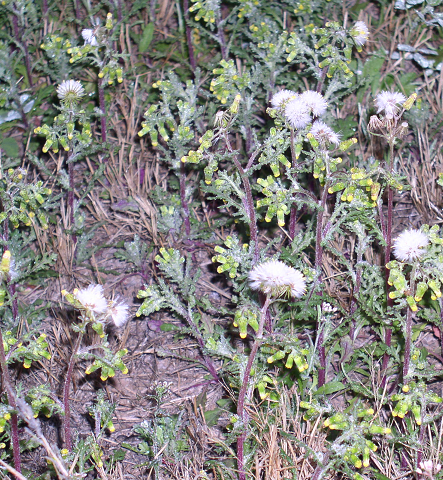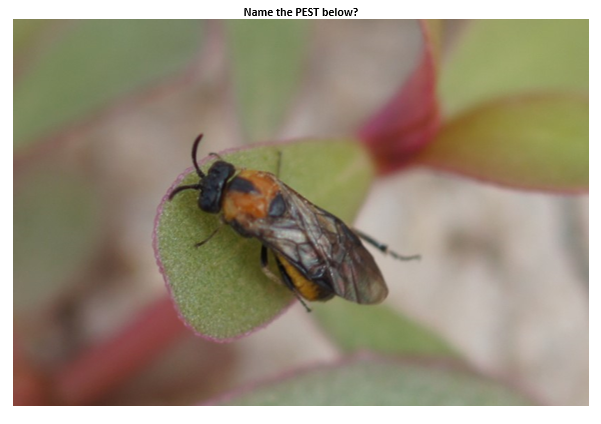Aug 17, 2016
Weeds to Be on the Lookout For 2016
Despite the development of new herbicides and other control techniques, weeds are as much of a problem today as they have ever been. Those that can be controlled diminish over time while those that are difficult to control become more widespread. New weed species are constantly being introduced. Some of these become established and others never do for a variety of reasons including cropping patterns, climatic conditions, registered herbicides , management practices and other conditions. There are a few species that have become established in other regions around Yuma but have never become widespread here. Some that you should be on the lookout for are:
Common Groundsel (Senecio vulgaris)
This is a winter annual that is has been established in the surrounding states for many years. It first started to appear in La Paz County,Az. about 15 years ago and is now widespread there and in the Imperial valley. It is mostly in alfalfa but also present in many other crops. It is in the composite or sunflower family but is more difficult to control than most other weeds in this family. Oxyfluorfen will control small groundsel in cole crops but it is difficult to control selectively pre or postemergence in lettuce. It is best if you can germinate and kill it prior to planting.

This is classified as a summer annual but it can be found year round in the low desert. It is often confused with horseweed or marestail (Conyza canadensis). It has appeared in La Paz county in the Parker Valley, but has not known to be established in Yuma County. This weed is more gray green and hairy than the horseweed that has been in Yuma for many years. Fleabane characteristically branches from the base more than horseweed. Both can be difficult to control. Glyphosate resistant fleabane is becoming more widespread across the country. The horseweed that has been in Yuma for a long time still appears to be controllable with glyphosate.

This is similar to the littleseed canarygrass (Phalaris minor), that has been here for many years. The seedlings are different and it can be misidentified when it first emerges. The leaves are broader than littleseed and do not bleed when broken at the stem. Hood canarygrass was first identified last year in the south Gila Valley. We had not recognized it previously in Yuma County. The seed head looks similar but is different. The spikelets have a characteristic hook on them compared to littleseed which is smooth. Hood Canarygrass is difficult to control postemergence with clethodim (Select) or sethoxydim (Poast). Neither of these was effective last season.
To contact Marco Pena go to:
marcop@ag.arizona.edu

 To contact John Palumbo go to: jpalumbo@ag.Arizona.edu
To contact John Palumbo go to: jpalumbo@ag.Arizona.edu









